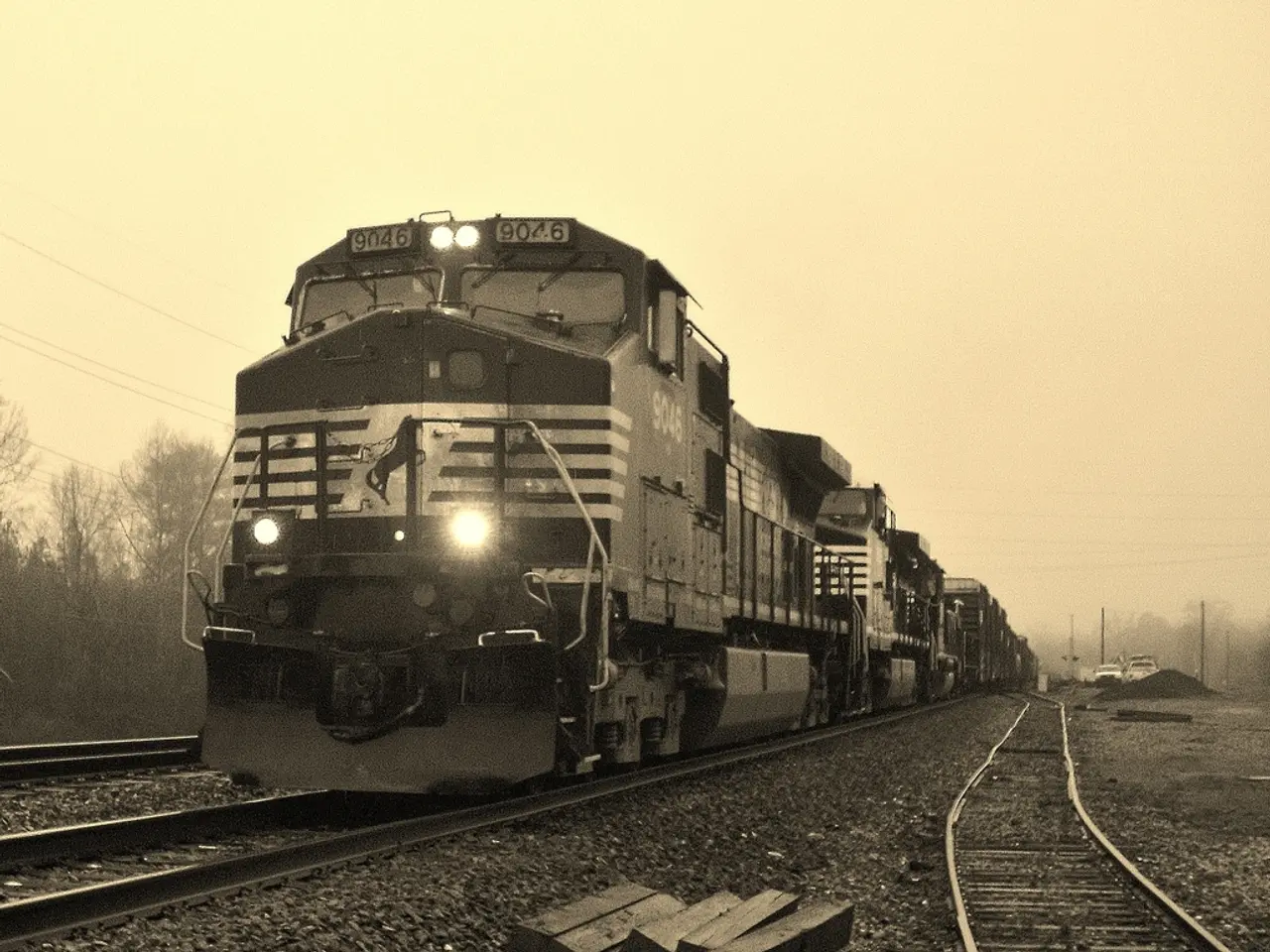Colorado Springs receives revised proposal for Front Range Passenger Train service
Front Range Passenger Rail Aims for Financial Independence and Connect Colorado Springs to Denver
The Front Range Passenger Rail, a proposed train system connecting Colorado Springs to the Interstate 25 corridor, is making strides towards becoming financially independent. The rail district has turned to state-level fees and taxes, as well as federal funding, to reduce its reliance on government subsidies for operations.
In a recent work session, the Colorado Springs City Council was updated on the rail's progress. Council President Lynette Crow-Iverson, who has served as the local representative for the district for a year, expressed her readiness to see the initial train route prove itself.
Two recent Colorado state bills have been passed, which will begin collecting fees to support the Front Range Passenger Rail this year. One bill imposes a congestion fee on rental cars, while the other taxes oil and gas production in Colorado. Additionally, a planned sales tax vote is anticipated in 2026 to further support the rail system financially.
However, some city officials remain skeptical about the rail's ability to sustain itself financially without government support. Councilmember Dave Donelson noted that many public train services in the U.S., including Amtrak, cannot sustain operations on passenger ticket sales alone and typically require subsidies. The project's substantial estimated cost—between $3.2 billion to $8 billion—and dependencies on federal grants highlight the challenges in achieving full financial sustainability without ongoing public funds.
The rail system's starter route aims to connect Denver and Fort Collins by 2029, with the potential to extend further south to Colorado Springs and Pueblo. The train ride from downtown Colorado Springs to downtown Denver is estimated to take an hour and 45 minutes. The proposed location for Colorado Springs' train station is near America the Beautiful Park.
If passenger demand increases, a secondary train stop could be considered near the north end of Colorado Springs. The maximum capacity of the train would be 10 trains per day, each carrying up to 470 passengers at a time.
Nancy Burke, communications director with the Rail District, explained that the sample route was chosen to run north due to more local governments and existing tracks in the area. The train's speed may not be groundbreaking, but it could provide a significant improvement over congested I-25 in the future.
Chrissy Breit, the Interim General Manager of the Front Range Passenger Rail District, made the presentation to the City Council. Breit thanked the Front Range Passenger Rail for being visionary in the development of the train system. Despite the financial challenges, the rail district is working diligently to make the project a reality.
- In an effort to achieve financial independence, the Front Range Passenger Rail district is collecting fees from state-level sources, such as congestion fees on rental cars and taxes on oil and gas production, in addition to seeking federal funding and anticipating a sales tax vote in 2026.
- The rail industry's success in financing the Front Range Passenger Rail system will be crucial for its ability to provide alternative transportation options, especially along the Interstate 25 corridor, ultimately reducing reliance on government subsidies and transforming the transportation landscape in Colorado.




